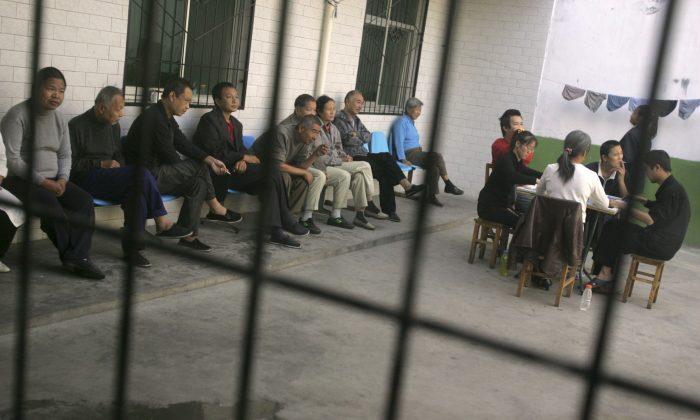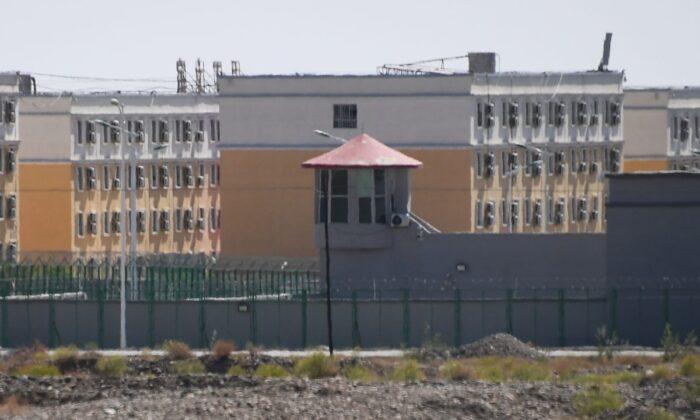A desperate suicide attempt was the only thing that spared a Chinese rights defender from ongoing torture at a psychiatric hospital in China’s megacity of Shenzhen.
Jie Lijian was in his 30s when he was forcefully hospitalized by police for the third time in 2018, suffering again at the hands of the Chinese regime for calling for the release of jailed workers and students who were advocating for the protection of labor rights in the Guangdong Jiashi community.
The activist was detained for three days, and after being tortured in prison, was sent to a modern Kangning Hospital in Shenzhen for “forced hospitalization and treatment” for 52 days. He described it as “the largest Auschwitz terror concentration camp made in China in the 21st century.”
Electroshock
The young dissident was given electroshock treatment (ECT) three times without an anesthetic.“When the power is turned on, you feel like you are dead. Your brain seems to be fixed, bound by constraints, and your wrists, legs and wrists, stomach, and neck are all fixed. As soon as the power is turned on, your body will jump up and your eyes will widen,” he recounted.
Before applying the shock, staff restrained him by placing belts around his neck, chest, arms, and legs. His shackles got tighter the more he fought them. To prevent him from biting his tongue, they put a rag in his mouth.
His body would jerk violently as they applied two electrodes, one on either side of his head. He would periodically lose consciousness.
The electric shock lasted for an hour—everyone who suffered this treatment would faint. “I don’t know how I survived,” he exclaimed.
The staff also forced everyone to watch the painful experience as a method to generate intimidation, according to Jie.
The activist was also forced to take seven to eight types of unknown drugs each day in the hospital.
The medicine made him sick, sometimes dizzy, and blurred his sight, Jie said.
He recalled that there were about 30 people in the same ward, 80 percent of whom were peaceful petitioners, dissidents, Falun Gong practitioners, and Christians.
The ward, he remembered, went to great measures to prevent suicides among detainees. Most of the harsh edges of tables and benches, as well as other hard surfaces, were coated in a plush, sponge-like material. There were no locks on the bathroom door, so staff could always enter, and the light fixtures were inaccessible due to the very high ceilings.
Attempted Suicide
In desperation, the activist resorted to an attempted suicide by smashing the top of the toilet tank and slashing his wrists with the jagged pieces of porcelain.But his attempt failed. The staff discovered him bleeding, and shocked by his act and to avoid being implicated, they freed Jie but placed him under police custody.
Fearing being sent back to the Chinese Communist Party’s concentration camp, the dissident was determined to leave China.
And even now in the safety of the United States, the terrified experience still haunts him. Jie continues to have health problems, including excruciating headaches and uncontrollable shaking.
According to SafeGuard Defenders, it has knowledge of 99 people who were locked up in psychiatric wards from 2015-2021 in 109 hospitals across 21 provinces, municipalities, or regions in China.
Some were detained more than once, sometimes even more than a dozen times, while others were kept for years or even more than a decade.




